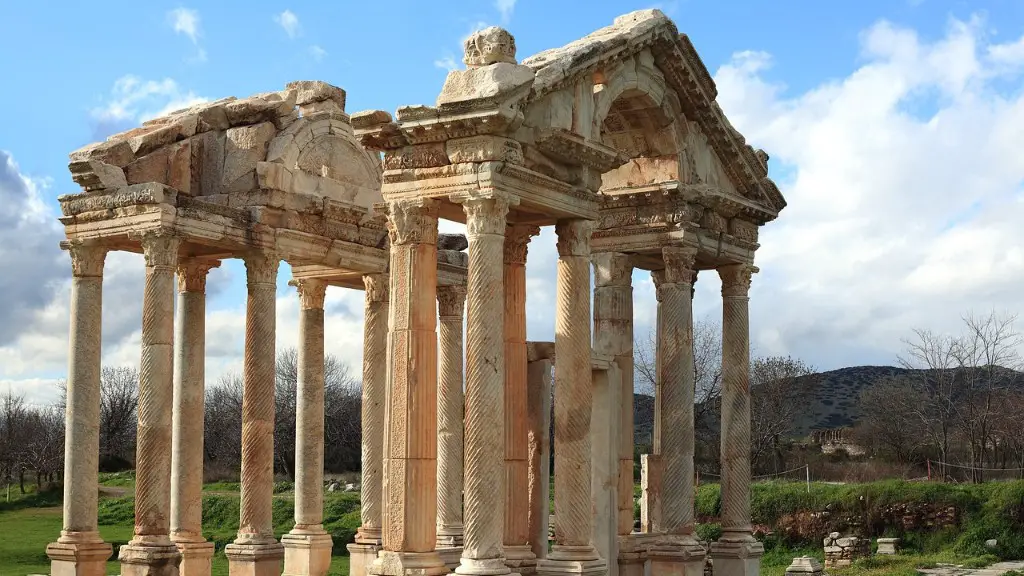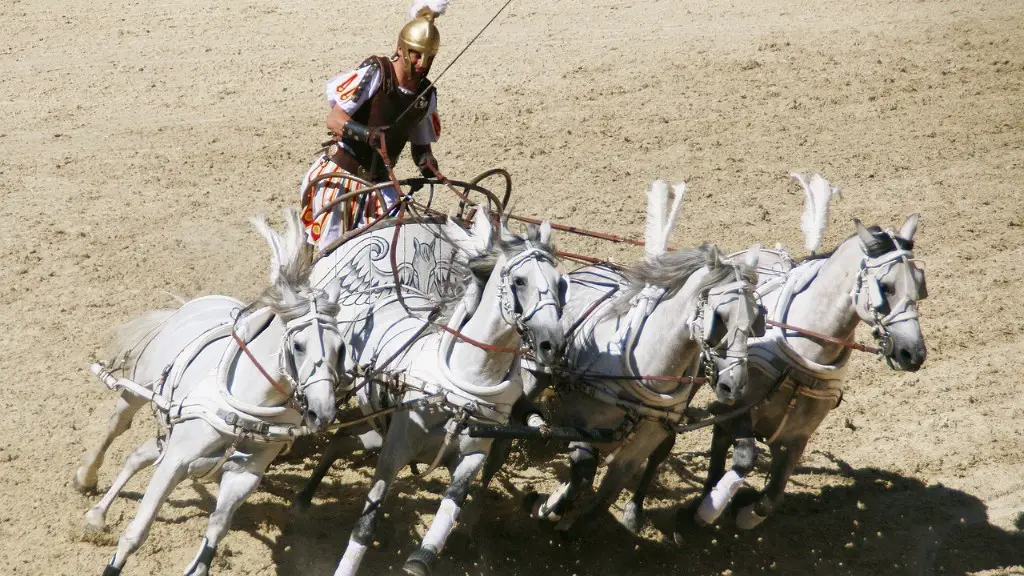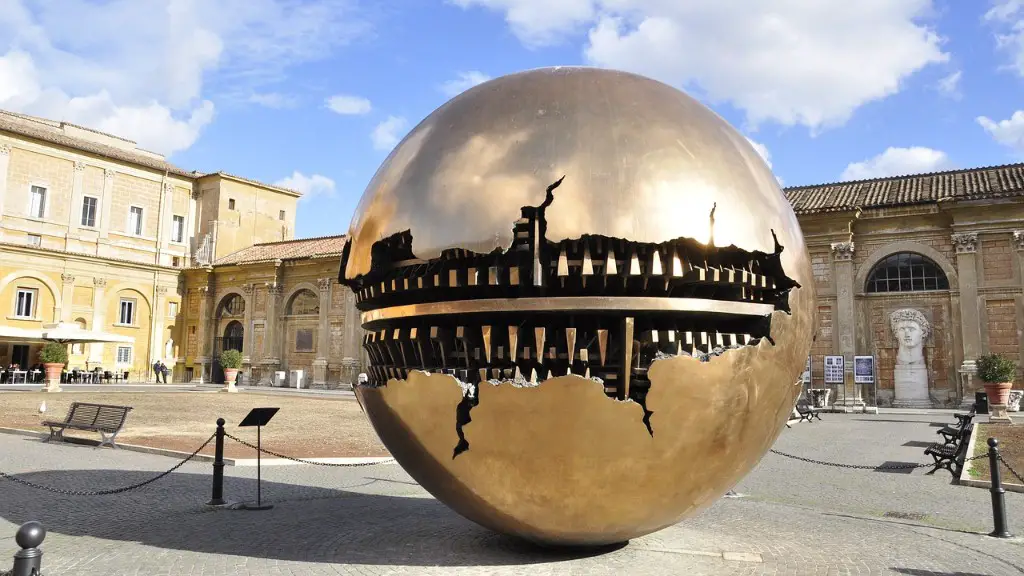What is the Paterfamilias in Ancient Rome
The concept of a paterfamilias in Ancient Rome harkens back to a time of strong patriarchs and complex family hierarchies. The term paterfamilias translates roughly to “father of the family” or “head of a household” and, in Ancient Roman society, it was a position of power and prestige. The paterfamilias had tremendous control over finances, property Management, marriage arrangements, education, discipline, and even criminal punishment.
In Ancient Rome, the paterfamilias was not just the biological father. Sometimes, the eldest male sibling would inherit the role in the case of a deceased father. At other times, a powerful and influential family member would take up the mantle, becoming the paterfamilias either with the family’s approval or by asserting their own authority. In some cases, wealth or social status were taken into consideration when deciding who the paterfamilias would be. Either way, once a paterfamilias was chosen, it was expected that all other family members obey and respect them.
The paterfamilias in Ancient Rome played a crucial role in the family’s daily life. They were responsible for ensuring the financial health of the family, managing the essential household tasks, and settling any major disputes between family members. They would usually offer rulings on matters of justice and criminal wrongdoings and had the authority to punish their children and other family members. Moreover, they had the right to choose the education, lifestyle, and religious inclination of their children.
The paterfamilias also held the power to dictate marriage arrangements and decisions that would affect the entire family’s financial future. Marriages were commonly arranged to create or solidify social ties and alliances, as well as to ensure political and economic stability. The paterfamilias had complete control over whom his offspring were to marry and were able to decide the fates of their children by arranging alliances with other families.
The role of the paterfamilias in Ancient Rome was one of absolute authority and ultimate power. Although the level of control each patriarch had depended on the size and structure of the particular family, it was a highly influential and respected position. The paterfamilias was both venerated and feared, responsible for the well-being of the entire household and its members.
The Role of Women in Ancient Rome
In Ancient Rome, women occupied a somewhat subservient role. Although they had some limited rights regarding matters related to marriage, property, and inheritance, they had very few opportunities to exercise control over their lives or the lives of their family members. Most of the decisions related to the household, finances, and marriage contracts had to be approved by the paterfamilias.
Women were expected to remain loyal and obedient to their husbands, fathers, or guardians and were rarely allowed to participate in public life or bear witness in courts of law. They were also expected to be pious and virtuous, with chastity and modesty being the two highest female virtues in Ancient Roman society. It was not until the passage of the Lex Iulia de maritandis ordinibus in 18 BC that women were allowed to own property and exercise the right to inheritance.
While Roman women possessed little autonomy, they were protected from physical harm. Unlike other ancient societies, Roman laws forbade the punishment of a woman by death or physical harm, regardless of the crime she had committed. This was seen as a way to protect the honour of the paterfamilias, as well as that of the empire.
Still, despite the protection they received, the rights of women in Ancient Rome were second to those of men and the paterfamilias had the final say in almost all matters related to the family and running of the household.
Polygamy in Ancient Rome
Polygamy, or the practice of having multiple spouses, was prevalent in Ancient Rome. It was especially common amongst the upper classes, especially amongst the wealthy elite and wealthy citizens who had the resources to support multiple wives. It was, however, not allowed for the Roman Church, since being a Christian was not compatible with having multiple spouses.
The paterfamilias would often take liberties with the concept of sexual morality and marry multiple spouses in order to consolidate his family’s wealth and power. Although Roman law did not allow for more than two husbands at a time, it was fairly common for the paterfamilias to have multiple wives and concubines. This was seen as an act of power and control and was also considered a way of maximizing fertility and limiting the number of rival families in the region.
At the same time, there was a risk of alienation amongst the children of the wives, as each one was expected to remain loyal to their mother and her lineage. Furthermore, such practices also had a detrimental effect on the overall stability of the family. The increased complexity of the social structure could often be confusing, with multiple wives and children vying for the paterfamilias’ attention and favour.
Impact of Christianity on the Role of the Paterfamilias
The rise of Christianity had a profound effect on the status of the paterfamilias in Ancient Rome. Christianity brought with it a new set of ideals, with a strong emphasis on monogamy and fidelity. This laid the foundations for a new form of patriarchy, centred around a unified nuclear family and one male leader. This model of the family soon became the norm, with monogamy and loyalty to the wife being seen as the ideal model of family life.
The concept of the ‘holy family’, wherein the father was the spiritual leader and provider for the family, was embraced by Christians and soon reached the upper levels of Roman society. This model found favour with the Roman elites, since it provided a positive example for the upper classes to aspire to. It was also an effective way to maintain social order and stability within the empire.
The Christian faith also brought with it an emphasis on caring for the less fortunate and promoting charity, humility, and kindness. The paterfamilias became responsible for the spiritual guidance of his family and was expected to be a figure of authority but also a loving and generous leader. This was a complete shift from the authoritarian stance of the ancient Roman paterfamilias.
Legacy of the Ancient Roman Paterfamilias
Despite the shift to Christianity, the ancient Roman paterfamilias has left an indelible mark on modern society and its views of family roles. Many of the laws, customs, and traditions that relate to families and their inner workings can still be traced back to the days of the Roman paterfamilias.
The ideology of the strong, influential patriarch was integrated into the political and social structures of the new Christian Empire and became a cornerstone of modern civilization. The concept of the paterfamilias is still alive today, even though it has evolved significantly over the centuries. Despite the changes, his influence and position in the family hierarchy are still evident.
Conclusion
The concept of a paterfamilias in Ancient Rome was an influential and powerful position. The paterfamilias was responsible for the financial, spiritual and domestic well-being of the family and his authority was absolute. He held the ultimate power over marriage alliances and decisions that would benefit the family, as well as the ability to punish and discipline them. Women in Ancient Rome were expected to remain subservient and loyal to their paterfamilias, while polygamy was commonplace in upper class families.
The rise of Christianity had a profound effect on the role of the paterfamilias, shifting its focus from authoritarian to a more compassionate one. Although it has evolved significantly since then, the legacy of the ancient Roman paterfamilias can still be seen in modern society. His influence and role have been an integral part of family life for centuries.




